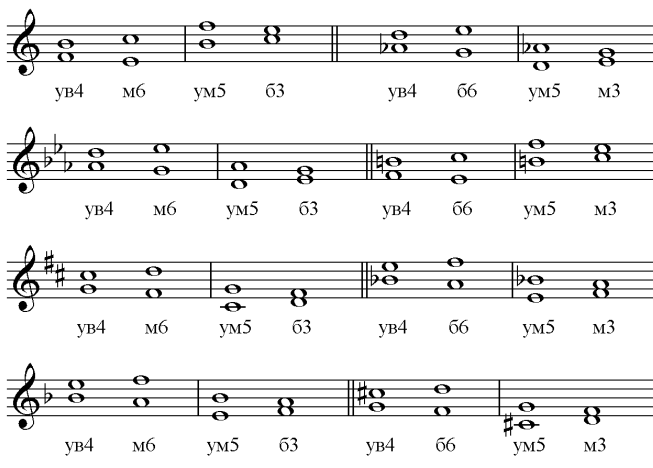
Tritoni V Lya Bemolj Mazhore
What to do next • with a free (no-commitment) trial membership of Quimbee. You’ll be in good company: Quimbee is one of the most widely used and trusted sites for law students, serving more than 97,000 law students since 2011. Some law schools—such as Yale, Vanderbilt, Berkeley, and the University of Illinois—even subscribe directly to Quimbee for all their law students. • about Quimbee’s unique (and proven) approach to achieving great grades at law school.
Quimbee is a company hell-bent on one thing: helping you get an “A” in every course you take in law school, so you can graduate at the top of your class and get a high-paying law job. We’re not just a study aid for law students; we’re the study aid for law students. Here's why 268,000 law students have relied on our case briefs: • Written by law professors and practitioners, not other law students. 14,500 briefs, keyed to 195 casebooks. Top-notch customer support. • The right amount of information, includes the facts, issues, rule of law, holding and reasoning, and any concurrences and dissents.
• Access in your classes, works on your mobile and tablet. Massive library of related video lessons and high quality multiple-choice questions. • Easy to use, uniform format for every case brief.
May 14, 2018 P U N O L E T S T V O Zoran Milivojevic Ribari,. Skip navigation Sign in. This video is unavailable. Watch Queue Queue. Watch Queue Queue.
 Written in plain English, not in legalese. Our briefs summarize and simplify; they don’t just repeat the court’s language.
Written in plain English, not in legalese. Our briefs summarize and simplify; they don’t just repeat the court’s language.
Here's why 268,000 law students have relied on our case briefs: • Reliable - written by law professors and practitioners not other law students. • The right length and amount of information - includes the facts, issue, rule of law, holding and reasoning, and any concurrences and dissents. • Access in your class - works on your mobile and tablet.
• 14,500 briefs - keyed to • Uniform format for every case brief. • Written in plain English - not in legalese and not just repeating the court's language. • Massive library of related video lessons - and practice questions. • Top-notch customer support. Casebooks Property • • • Key Terms • • •.
Actually it depends on the instrument. Some instruments can produce different notes for A# and Bb, others can not. There are different ways to intonate. On one side you have a just or harmonic intonation which is built on harmonics scale (each tone has a a matemathical relation between the base tone), this makes each tonality have its own intonation; on the other side you have temperate intonation which makes a compromise between frequencies and different keys, dividing the interval octave in equally distance semi-tones, to make possible one instrument to play in different keys, always using the same notes. Is a good explanation about this. Alsto worth to read. In practical terms, to be able to fine tune a chord (just/harmonic intonation in the guitar or different instruments playing/singing together) you must raise or lower some tones.
Often the third in the chord needs adjustment. For example the third in F# chord (A#) should be higher than a Bb. If your instrument can't play it (like a piano) you land on tempered intonation, if you can play it (or bend the tone guitar/harmonica/etc) then you can get a just/harmonic intonated chord. Posted this very clear table on his to.
Notice how the third in the chord is higher or lower depending on the intonation model you are using. (the A# in my example of the F# major chord). About the mathematical relation between tones in the harmonic scale: (source ). I'll add that the difference isn't only in pitch. Even in equal intonation, in which the pitches of A# and Bb are the same, you would use one or the other in certain contexts. You don't have a Bb in the F# major scale, except as an accidental, because it already has a B natural.
Its unique flat design and responsive layout is crafted one of a kind. Download smartadmin responsive webapp rar free.